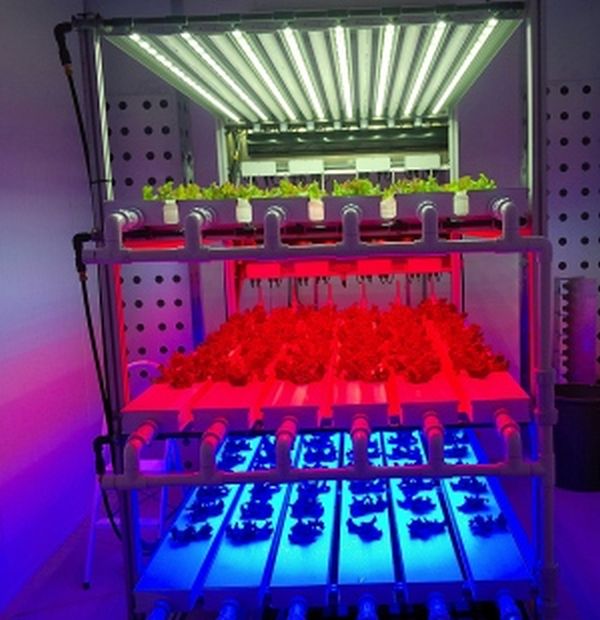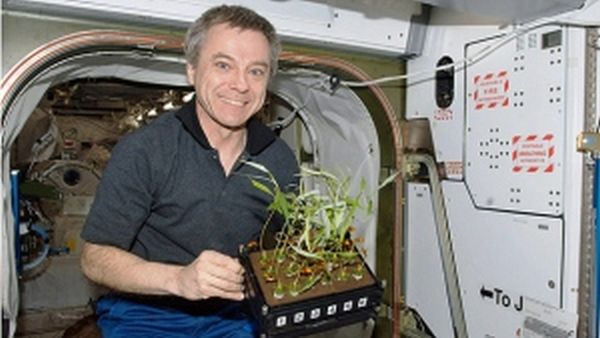With the advancement in science and technology, the day is not far when humans will settle on distant planets or may plan a luxurious holiday on the moon. But arranging enough food supplies for a longer stay is the most challenging part as it occupies considerable room on the spacecraft and sending another spaceship loaded with supplies would be not cost efficient. To tackle the issue, researchers around the world are trying to develop a cost efficient method to grow food in space. This would definitely make future space travel more feasible.
Growing food in space have many environmental challenges as to build an isolated and confined environment that can aptly recreate growing conditions similar to one on Earth. This would be impractical and will involve huge expenditure. Infestation by bacteria would be enough to wipe out plants, and unlike Earth, there would be no backups available in space. Apart from this, the space station would also require an air and water filtration system. For maximizing the crop yield, fertilizers and pesticides would be used and these have to filter out before the astronauts get exposed to the air and water again.
Professor Mike Dixon and his research team from the University of Guelph in Ontario are working on developing an LED technology that would enable astronauts to grow crops in space efficiently. According to him, there is a lot of potential in LED research, as LEDs can provide considerable light intensity. LED gives researcher the flexibility to choose and pick elements of the solar spectrum that will be most beneficial for plant growth. LED’s provide them with the power to improve the sun effectiveness.
Light wavelengths on plants
Dixon, who is also the head of the Controlled Environment Systems Research Facility is conducting experiments to test various wavelengths of light on different plants to observe which works best. On any interplanetary spaceship, resources are limited and therefore, harvesting maximum efficiency is most imperative. During any mission, it is always advisable to send less mass in the orbit. Moreover, expert says that it is best to send everything that is essential at the outset, as it is not always possible to send supplies again during such interplanetary trips.
LED to optimize plant growth
The team is working to find the ideal wavelength of the LED light including blue, amber and violet to optimize plant growth and hopefully make agricultural method feasible in outer space. The initial trials are using lettuce as they are can be grown quickly and easily too. The learning from the lettuce will help researchers in further improving the growth of more nutrients rich plants such as strawberries and cherry tomatoes. The combination of light from LED sources will help in growing substantial quantity of food in outer space in coming 15-20 years.
Life support system on plants biology for space missions
Future manned missions in space would require a constant supply of food and this can be achieved by developing an environment control system and life support system established on plant biology. But this would demand science and government research funding to deal before Dixon and his team can grow plants in a climate controlled environment on a distant planet.
Moreover, the research is of great importance for astronauts who have been eating freeze dried and processed food in their space mission. It would be great for them to eat fresh vegetables and fruit which will provide them with nutrition, as well as psychological support of eating fresh food, said Bob Thirsk, a retired Canadian astronaut.
If researchers get success in developing this technology, it would also help in growing crops in extreme environmental conditions on Earth from deserts to snow covered land. This would enable more production of food for our growing population, along with reducing of cost.
Source: CBCNews






